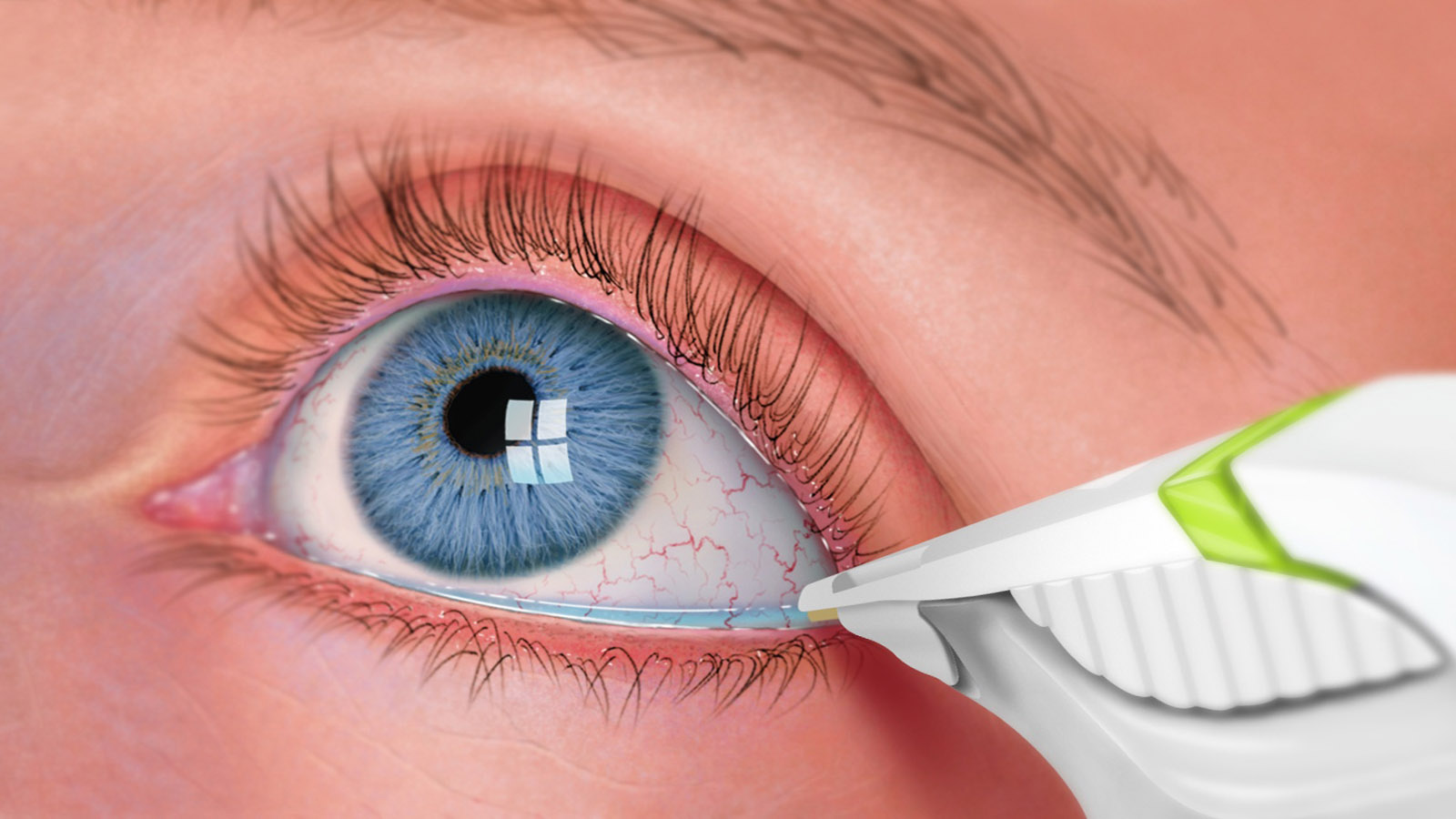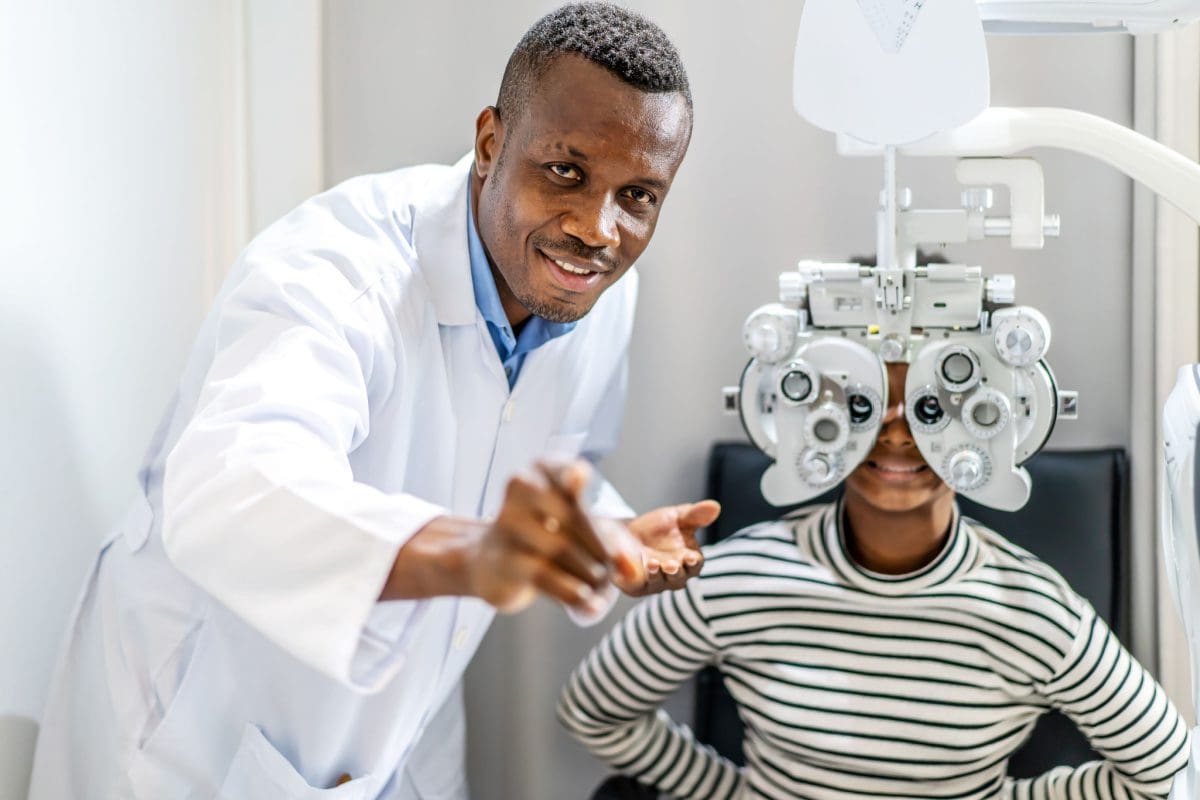Individualized Cataract Care Service: Browse Through Our Clinic for Solutions
Discovering the State-of-the-Art Technologies Used for Identifying and Dealing With Eye Problems
In the world of ophthalmology, the development of modern technology has actually dramatically improved the tools available for detecting and treating different eye conditions. From innovative imaging modern technologies that supply comprehensive understandings right into ocular frameworks to robotic-assisted operations that provide unrivaled accuracy, the landscape of eye care is constantly advancing. With the combination of artificial knowledge in diagnostics, gene therapy advancements, and online fact recovery, the opportunities for enhancing patient end results are expanding at a quick pace. The merging of these sophisticated innovations holds the promise of changing the field of ophthalmology, using new opportunities for individualized and efficient therapies.

Advanced Imaging Technologies
Advanced Imaging Technologies have actually revolutionized the field of ophthalmology by giving comprehensive and exact visualization of the eye structures. This non-invasive method help in the very early detection and monitoring of different eye problems such as macular deterioration, diabetic retinopathy, and glaucoma.
Moreover, Fundus Digital photography is one more necessary device in ophthalmic imaging. This technique includes recording thorough pictures of the back of the eye, including the retina and optic disc. Fundus Digital photography aids in documenting the progression of eye diseases, reviewing therapy efficiency, and enlightening patients about their eye health and wellness.

Robotic-Assisted Procedure
Robotic-assisted procedures have substantially progressed the capacities of ocular surgery, ushering in a new age of accuracy and performance in dealing with numerous eye problems. By incorporating robot technology into procedures, ophthalmologists can achieve unrivaled accuracy and control, resulting in enhanced client results.
One of the main benefits of robotic-assisted surgical treatment in ophthalmology is the improved dexterity and stability it offers to surgeons. The robot arms can execute exact movements with a high level of accuracy, permitting delicate treatments with very little invasiveness. This level of precision is particularly useful in surgical treatments including the retina, where even small mistakes can have considerable implications for a patient's vision.
In addition, robotic-assisted medical systems supply real-time imaging and comments to the surgeon, enabling them to make enlightened choices during the treatment. This modern technology improves the surgeon's situational recognition and enables modifications to be made promptly, making certain ideal results for the individual.
Artificial Knowledge in Diagnostics
With the evolution of sophisticated innovations enhancing medical precision in ocular procedures, the assimilation of Artificial Intelligence in diagnostics has actually emerged as a pivotal growth transforming the area of eye care. Expert System (AI) formulas are being progressively made use of to evaluate intricate data from imaging modern technologies like optical coherence tomography (OCT) and fundus digital photography to assist in the very early discovery and precise medical diagnosis of various eye problems. These AI systems can successfully identify patterns and abnormalities in images that may not official site be noticeable to the human eye, enabling quicker medical diagnosis and therapy planning.
AI formulas can additionally predict disease progression, suggest individualized therapy plans, and evaluate the efficiency of treatments. By simplifying the analysis procedure, AI not just boosts the efficiency of eye care professionals but also improves client results by making it possible for prompt treatments. As AI remains to breakthrough, its duty in diagnostics is anticipated to increase, using brand-new opportunities for early intervention and tailored treatment in the area of ophthalmology.
Gene Treatment Developments
In the world of sensory developments, recent strides in gene therapy innovations have actually stimulated considerable rate of interest among researchers and medical care specialists alike. Genetics therapy holds immense promise in changing the therapy of different eye conditions by targeting the hidden genetic causes. By presenting hereditary material into cells to make up for unusual genes or to give an absent gene, genetics treatment provides a customized technique to attending to inherited eye problems such as retinitis pigmentosa, Leber hereditary amaurosis, and others that were previously taken into consideration untreatable.

As research study in gene therapy continues to development, the capacity for tailored treatments for a bigger series of eye conditions grows, supplying brand-new expect patients with genetic eye diseases.
Digital Fact Rehab
Virtual fact rehab has become an innovative method in enhancing the recuperation and rehab processes for people with different visual problems. cataract care service. By replicating real-world environments via immersive innovation, digital truth offers a special platform for vision treatment and rehabilitation. This cutting-edge method makes it possible for people to engage in interactive workouts and activities made to improve aesthetic acuity, deepness assumption, eye sychronisation, and total visual performance
One key advantage of digital reality rehabilitation is its capacity to customize treatment programs based upon the particular demands and abilities of each individual. Via real-time feedback and tracking, medical care experts can track development, readjust interventions, and supply customized like maximize results. In addition, virtual truth modern technology can develop a safe and controlled space for individuals to practice visual tasks, get over challenges, and build confidence in an online setup prior to transitioning to real-world scenarios.
Conclusion
Finally, the improvements in imaging modern technologies, robotic-assisted surgeries, man-made knowledge diagnostics, genetics treatment technologies, and virtual reality rehabilitation have considerably enhanced the diagnosis and treatment of eye conditions. glaucoma service near me. These modern modern technologies have actually changed the area of ophthalmology, permitting even more exact and reliable treatments. As innovation remains to develop, the future of eye care looks promising with the potential for also more cutting-edge options to enhance client outcomes
In the realm of ophthalmology, the development of innovation has considerably enhanced the devices offered for identifying and treating numerous eye problems. Fundus Photography assists in recording the development of eye diseases, evaluating therapy effectiveness, and educating individuals concerning their eye health and wellness.
Synthetic Intelligence (AI) formulas are being increasingly used to assess complex data from imaging technologies like optical comprehensibility tomography (OCT) and fundus photography to about his assist in the linked here very early detection and exact diagnosis of various eye problems.In conclusion, the innovations in imaging innovations, robotic-assisted surgeries, fabricated intelligence diagnostics, genetics therapy technologies, and online fact rehab have actually substantially improved the diagnosis and therapy of eye conditions. As modern technology continues to progress, the future of eye care looks appealing with the possibility for even more cutting-edge services to enhance patient results.